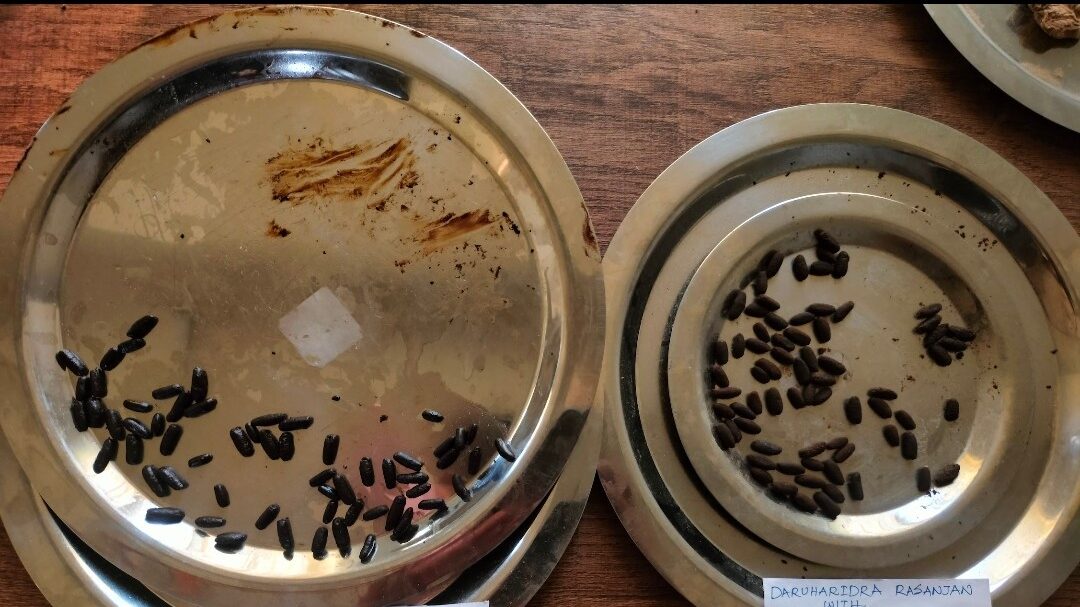Rasanjan Vati : A Traditional Ayurvedic Medicine
Introduction
Rasanjan vati is a revered herbal formulation in the traditional system of Ayurveda. It has been used for centuries in India for its potent medicinal properties. This extract is derived from the Berberis aristata plant, commonly known as Indian Barberry or Daruharidra. Rasanjan vati is well-known for its efficacy in treating a wide range of health conditions, especially those related to the skin, eyes, and digestive system.
Ingredients
The primary ingredient of Rasanjan is the root bark of the Berberis aristata plant. The roots and stem bark of this plant are processed to extract the active constituents. Key components of Rasanjan include:
- Berberine: A bioactive alkaloid with strong antibacterial, antifungal, and anti-inflammatory properties.
- Tannins: Help in wound healing and possess astringent properties.
- Other alkaloids: Contribute to its therapeutic effects.
Formula and Preparation
The preparation of Rasanjan involves a careful extraction process. Traditionally, it is prepared by:

- Boiling the root bark of Berberis aristata in water until it reduces to a thick decoction.
- Straining the decoction to remove coarse materials.
- Further boiling the strained liquid until it achieves a thick, semi-solid consistency.
- Drying the final extract to produce a dark brown to black resin-like substance known as Rasanjan.
This meticulous process ensures the potency and purity of Rasanjan, making it a valuable therapeutic agent.
Dosage Of Rasanjan Vati
The dosage of Rasanjan vati depends on the form in which it is administered and the condition being treated. Typically:
- For external application: A small quantity is mixed with other herbs or a carrier medium and applied to the affected area, such as in eye conditions or skin ailments.
- For internal use: Rasanjan is generally administered in very small quantities (usually 125 mg to 250 mg), often combined with honey or other Ayurvedic preparations. It’s essential to follow a qualified Ayurvedic practitioner’s guidance when using Rasanjan internally.
Uses and Benefits
Rasanjan has a wide range of uses in Ayurvedic medicine:
- Eye Disorders: It is traditionally used as an eye tonic in the form of collyrium to treat conjunctivitis, redness, and eye infections.
- Skin Conditions: Rasanjan’s antibacterial properties make it effective in treating skin infections, boils, and wounds.
- Digestive Health: When taken internally in prescribed doses, it helps in treating diarrhea and dysentery due to its antimicrobial properties.
- Anti-inflammatory Actions: Its bioactive components help reduce inflammation, making it useful in inflammatory skin and mucous membrane conditions.
Conclusion
Rasanjan, with its roots in the Ayurvedic tradition, offers a wealth of healing benefits. Its powerful antibacterial, anti-inflammatory, and wound-healing properties have made it a go-to remedy for various health concerns, especially those related to skin and eyes. However, due to its potency, it should be used cautiously under the guidance of a qualified Ayurvedic practitioner. With growing interest in herbal medicine, Rasanjan continues to hold an important place in the natural healing practices of Ayurveda.

